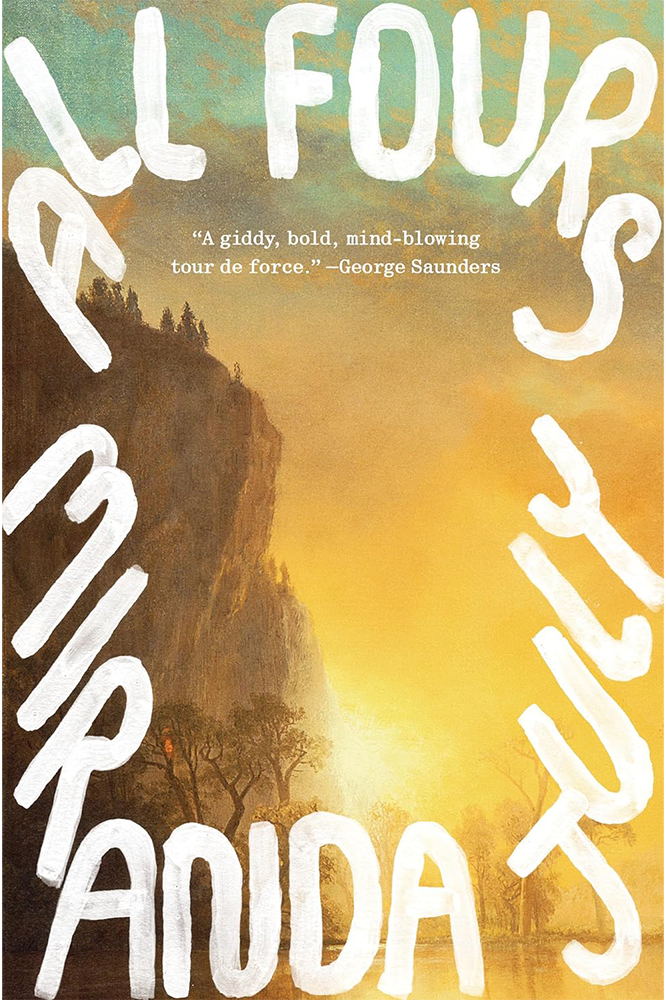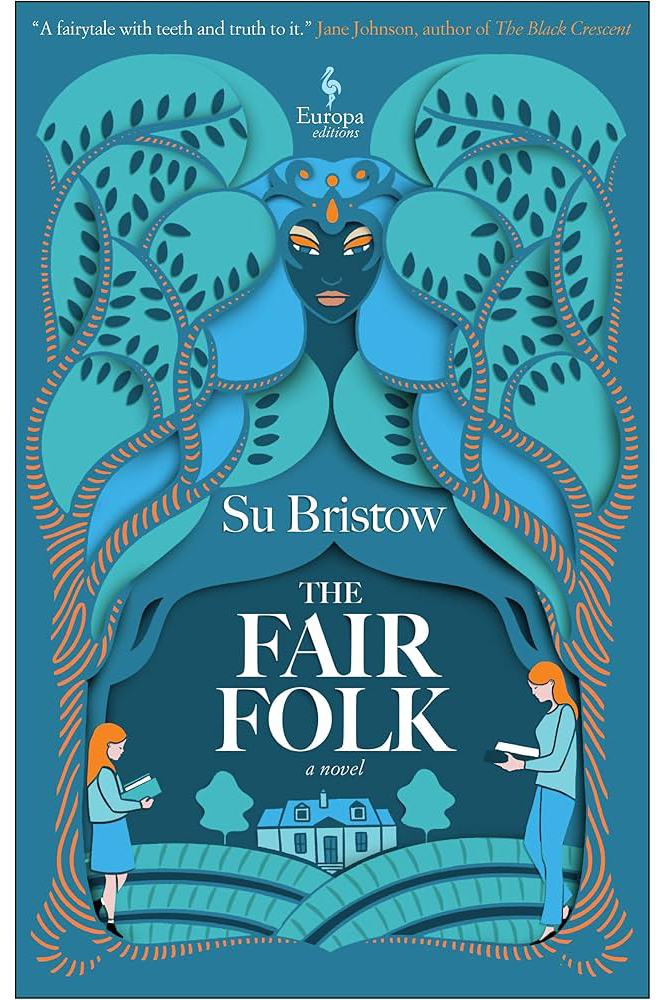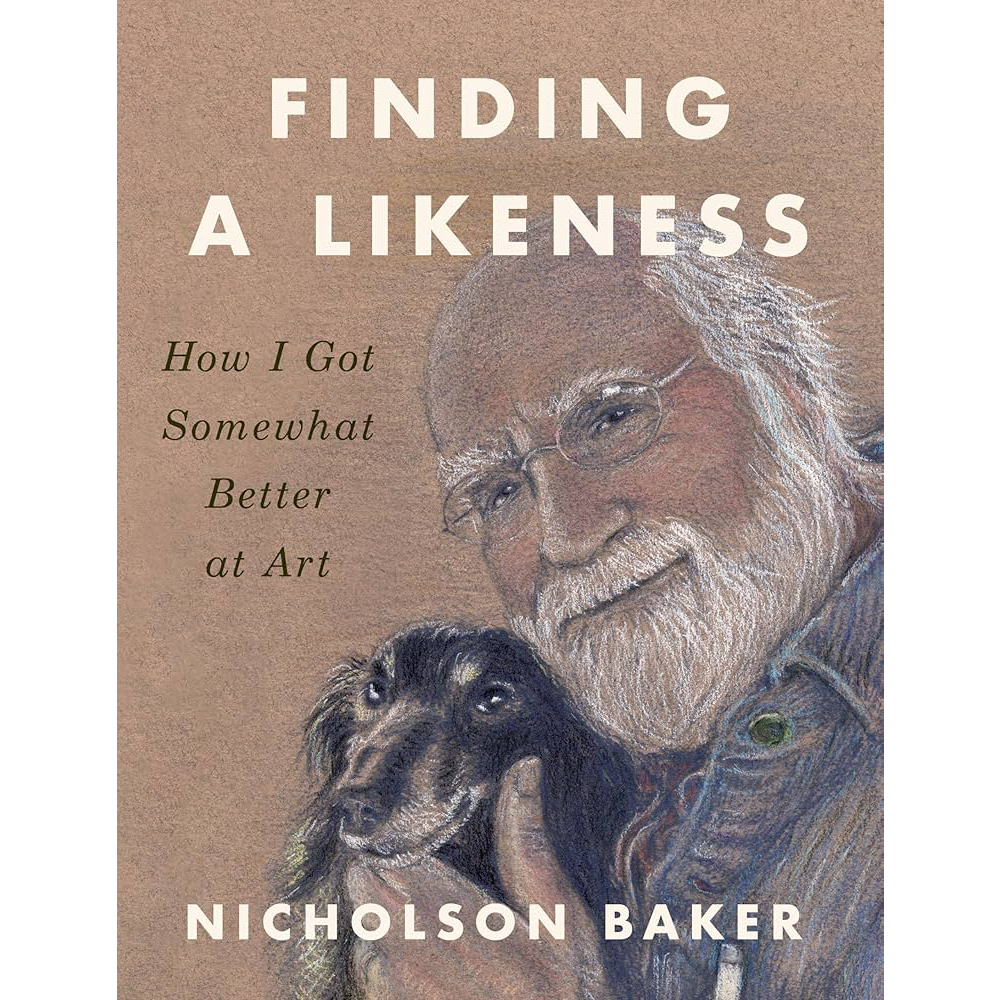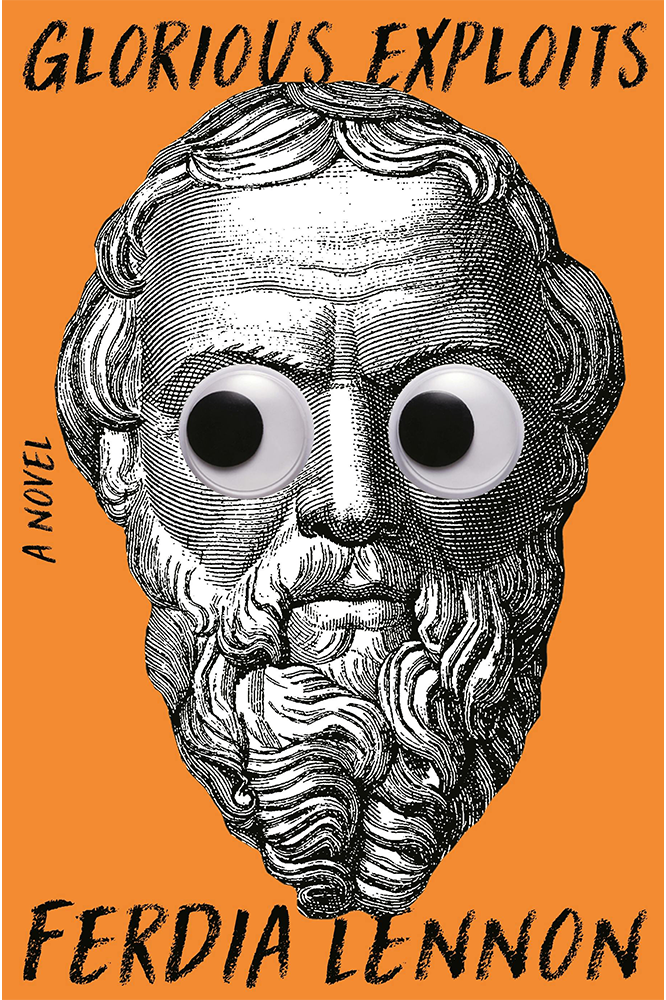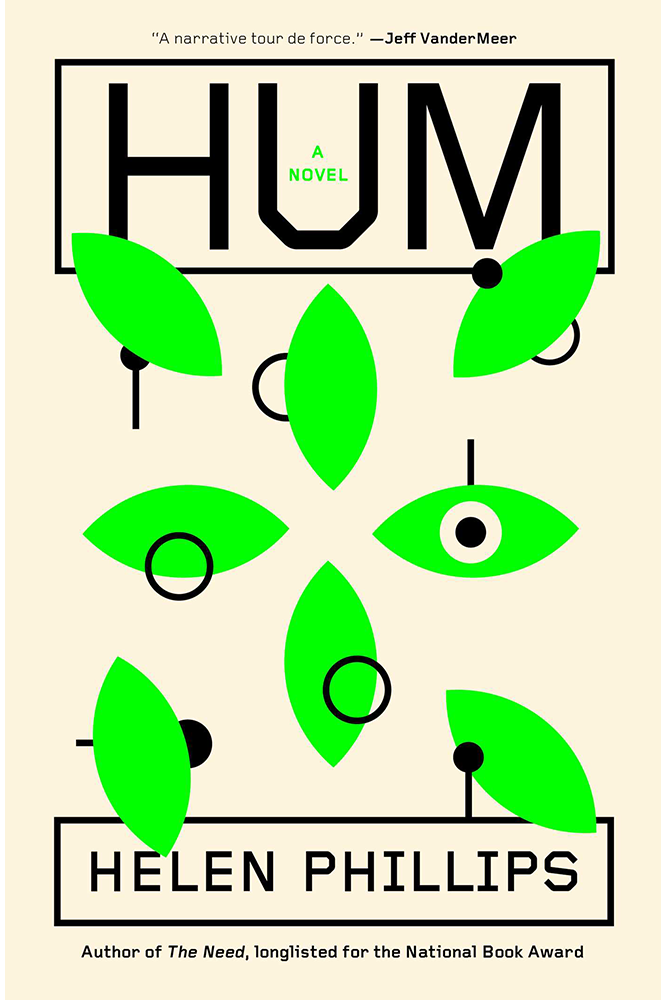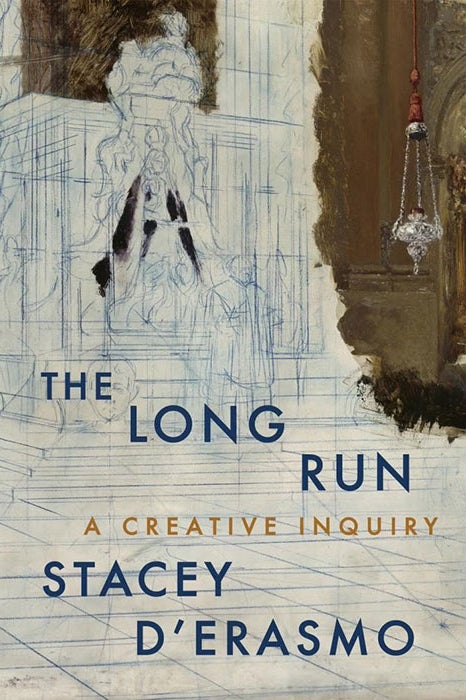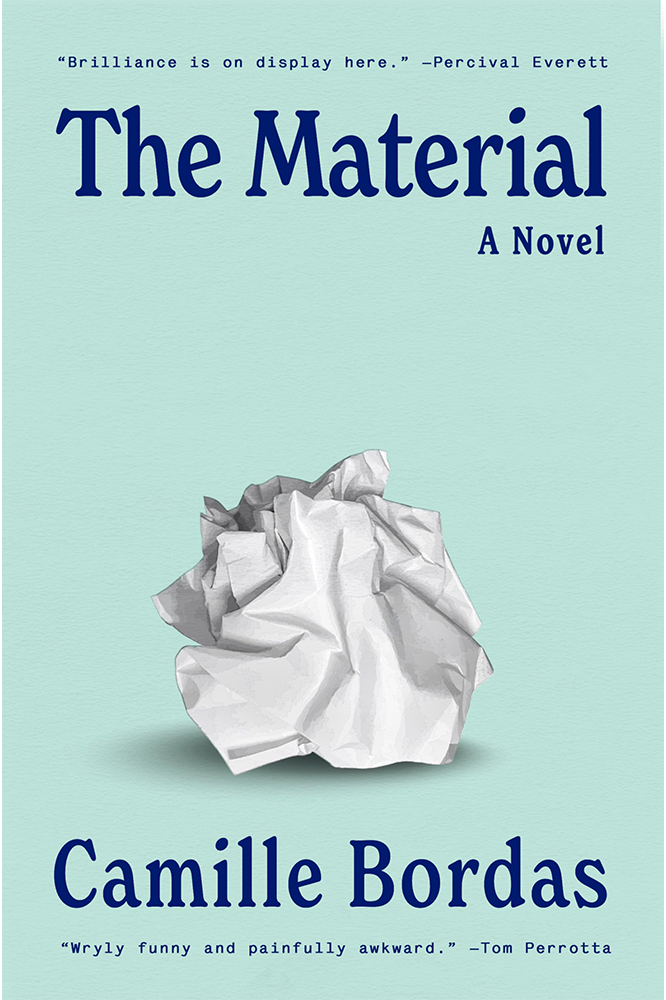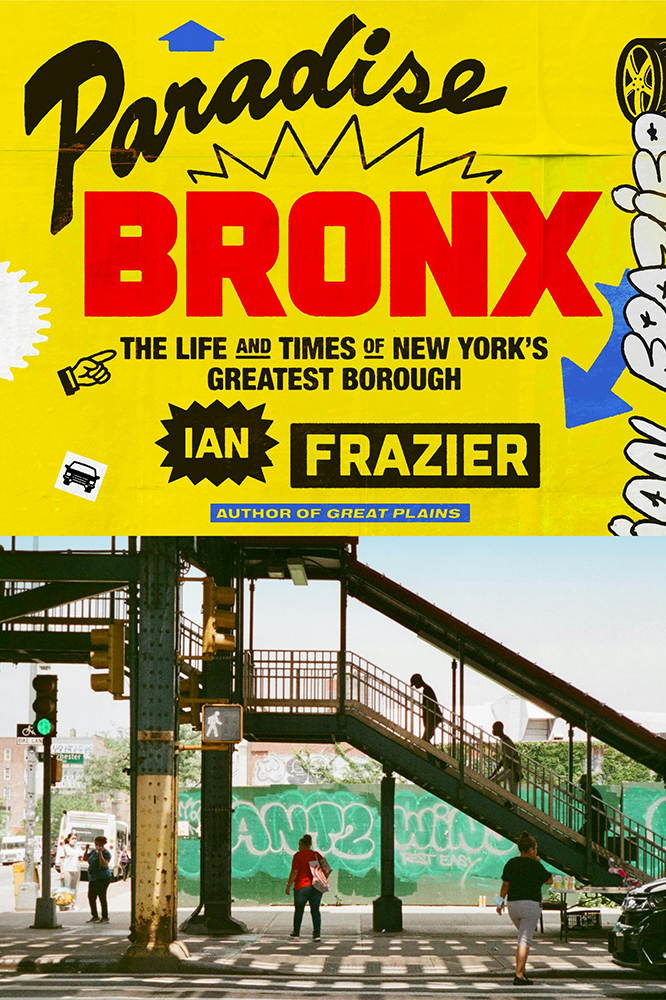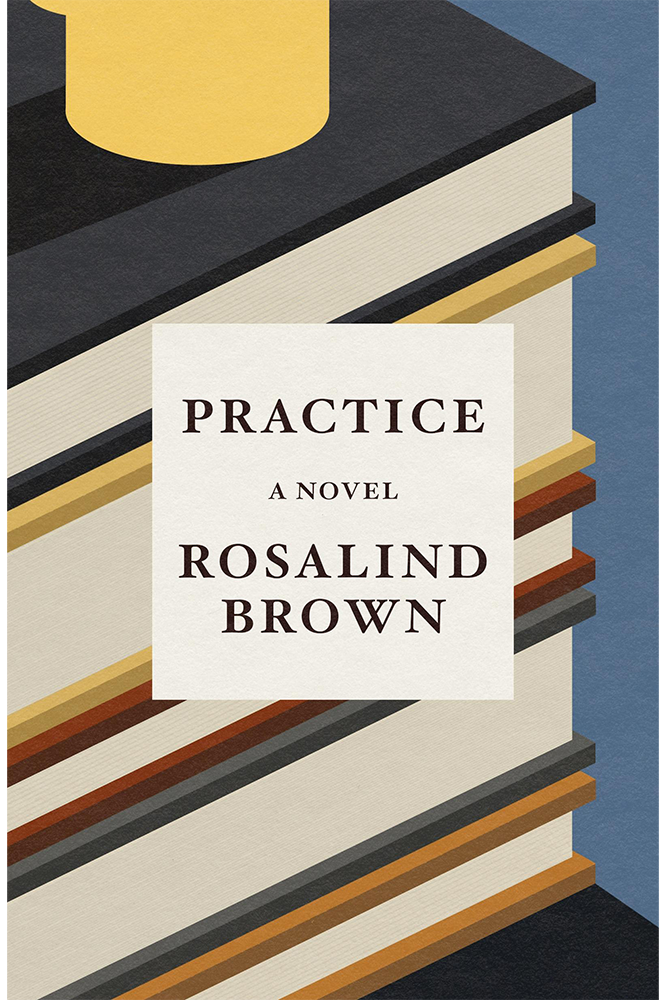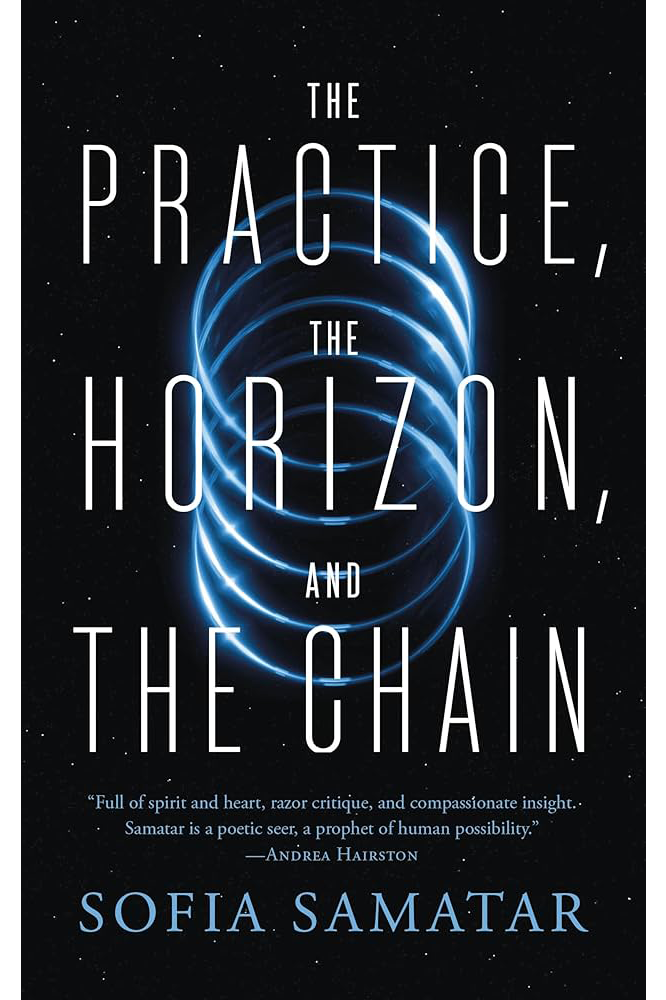The best books of 2024, according to Slate’s books editor.
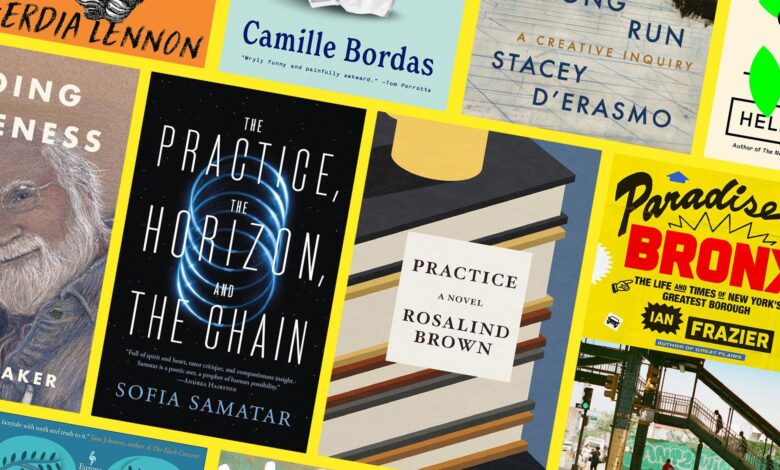
Slate has relationships with various online retailers.
If you buy something through our links,
Slate may earn an affiliate commission.
We update links when possible,
but note that deals can expire and all prices are subject to change.
All prices were up to date at the time of publication.
It shouldn’t be surprising that my list of my favorite books of 2024 includes a number of works by older writers working out what it means to make art as a career—what their creative future might look like. After all, I’m an older writer trying to work out what my future might look like. But I was also thrilled to discover new and new-to-me writers this year, many of whom are writing brilliantly about our current moment and thinking about what everyone’s future might look like. My favorite books of 2024 included science fiction, fantasy, comedy, and a surprising number of vivid scenes set on toilets. Have a seat and enjoy.
All Fours by Miranda July
Was Miranda July’s sensational tale of a midlife turned upside down occasionally a little too arch for its own good? Yes. Did July, in some sections, crawl up her own ass to an astonishing degree? Sure. Did any of the subsidiary characters, even the child the artist narrator loves and the man-child for whom she lusts, seem like actual human beings? Barely. And yet All Fours is thrillingly alive, intellectually and physically attuned to the vicissitudes of its narrator’s shocking transformations, questionable decisions, and ecstatic physicality. I’m not even a member of the perimenopausal demographic that spent the spring whispering, then shouting, to one another about the book in group texts, but even I found that there was no book that was more fun to talk about this year. America needs more books that make everyone a little crazy! Thank God we had this one. Listen to a conversation with Miranda July on Death, Sex & Money.
By Miranda July. Riverhead.
The Fair Folk by Su Bristow
In rural England, 1959, 8-year-old Felicity delights in the fairies and pixies who fill the woods surrounding her family’s farm. But the wild things of other worlds are not truly playthings for a person, and when the fairies take something precious, Felicity must strike a deal—a deal that follows her, years later, to university at Cambridge. This modern fairy tale is both a charming portrait of a young woman’s moral and intellectual development in late ’60s England and a fantastical story of cunning, otherworldly creatures driven by whimsy, grief, and their anger at humans to perform utterly inhuman acts.
By Su Bristow. Europa Editions.
Finding a Likeness: How I Got Somewhat Better at Art by Nicholson Baker
An old dog learns some new tricks. Nicholson Baker, whose long career has quixotically mixed minute observation, horny fantasias, and provocative arguments, decides that he wants to learn to paint. This charming large-format book is a visual journey through his struggle with oils, his growing proficiency with pencil, and his emerging, unique artistic sensibility. Though Baker, a legendarily prolific author, tells his story with text, his paragraphs are constrained to the top third of each page, because the majority of the book consists of images: the art Baker loves and wishes he could make; Baker’s very bad, then somewhat bad, then somewhat good drawings; the photos he finds posted on Reddit by people who just hope to have their portrait made by somebody, anybody. Does Baker become a painter? I won’t spoil the ending, but this charming, good-humored book is an inspiration to anyone who thinks, Why haven’t I been making something beautiful?
By Nicholson Baker. Penguin Press.
Glorious Exploits by Ferdia Lennon
This debut from Irish novelist Ferdia Lennon tells an inspired story of two hapless pals, underemployed potters in Syracuse, Sicily, 412 B.C., who truly cannot believe they just defeated the Athenians in the Peloponnesian War. Now there are all these miserable Athenians imprisoned in a quarry outside town, and what are two lovers of Greek theater supposed to do but sneak in and ask the prisoners if any of them knows the plays of Euripides? Told in a contemporary Irish brogue, dense with classical detail, this novel should absolutely not work, but instead it turns into the funniest, most surprising, and most sneakily moving novel I read all year.
By Ferdia Lennon. Henry Holt.
Hum by Helen Phillips
In the very near future, in a New York that’s a little hotter and a little more crowded and a little more desperate than our own, a mother who’s just lost her job signs up for an experimental procedure that renders her undetectable to surveillance. With the resulting windfall, she takes her family on a magical trip to the Botanical Garden, the last green space, where her decision has unexpected ramifications. Engrossing, spooky, and written with a cool, clinical precision, Hum is a story of dystopia and utopia, of flawed humanity and perfect inhumanity—science fiction that feels not only plausible but entirely real.
By Helen Phillips. Marysue Rucci Books.
The Long Run: A Creative Inquiry by Stacey D’Erasmo
Stacey D’Erasmo, a seasoned essayist and novelist, goes out in search of late-career artists who are still doing the thing. Her conversations with dancer Valda Setterfield, songwriter Steve Earle, novelist Samuel Delany, actress Blair Brown, and others are bracing, funny, and full of life. But it’s D’Erasmo’s meditations on her own work and on what it feels like to face a future of artistic and personal uncertainty—how unsettling it can be, but also how thrilling—that make the book exceptional. Though D’Erasmo pokes fun at herself for “composing a long scroll of advice” for oblivious young creators, “like every older person ever,” I’d recommend this book not only for the questing middle-aged but for any young person who wants to make art but still believes, somewhere in the back of their mind, that once they turn 40 (or 60, or 80), they’ll just fizzle out. D’Erasmo’s book is packed with evidence to the contrary.
By Stacey D’Erasmo. Graywolf Press.
The Material by Camille Bordas
Set at a Chicago MFA program for aspiring stand-up comedians—the kind of academic endeavor that does not yet exist but surely soon will—The Material is a canny investigation of creativity, desperation, and ambition. Camille Bordas’ wry voice and perceptive eye moves from faculty members to students to the embattled star who’s about to join for a semester; each has his or her own ideas about what is funny, what is teachable, and whether a life spent making people laugh is even worth it. I was so engaged and surprised by this novel I almost didn’t get around to getting envious that not only has Bordas written a book perfectly in tune with the times, but she did it in her second or maybe third language (unbelievably, she is French and grew up in Mexico). Luckily, being annoyed at the talents of those younger than you is also a theme of The Material.
By Camille Bordas. Random House.
Paradise Bronx: The Life and Times of New York’s Greatest Borough by Ian Frazier
Look, I’m obviously in the tank for Ian Frazier, whom I believe to be America’s best nonfiction writer. But even by his lofty standards, Paradise Bronx is sort of a miracle: an openhearted, intellectually curious book about an unsung part of New York, and one that makes brilliant, moving connections between events that happened hundreds of years apart. Frazier is interested in the Revolutionary War and hip-hop and real estate and urban development and graphic design and every single person he meets on his daily walks through the borough. He’s interested in everything, really, and more than is the case with any other writer I know, his interest is always infectious. No book made me happier this year than this enthusiastic, affectionate argument on behalf of a place many Americans—even many New Yorkers—overlook. Read a profile of Ian Frazier in Slate.
By Ian Frazier. Farrar, Straus and Giroux.
Practice by Rosalind Brown
How to explain this fascinating novel, the story of a single day in the life of an Oxford undergraduate at the “worn-out end of January” 2009? Annabel has an essay to write, about Shakespeare’s sonnets, and a well-planned checklist for how she’ll get through her Sunday and finish it, but her mind and her body continually lead her astray. She gets drowsy, she battles her own distraction, she gets lost in the sonnets but can’t think of an essay topic, she takes a walk, she engages in elaborate, extravagant sexual fantasies about characters she’s invented. Her friends want to eat with her. Her boyfriend wants to visit. And always, at the edges of her mind, the sonnets maintain their steady rhythm—she never stops tasting “the tired and bitter flavour of the old, brilliant, unrequited poet-lover.” The novel’s preoccupations come together in an explosive climactic scene that is truly unlike anything else I’ve ever read. Practice was my most unexpected reading pleasure of 2024, the debut of an author with an elegant mind and a willingness to try anything.
By Rosalind Brown. Farrar, Straus and Giroux.
The Practice, the Horizon, and the Chain by Sofia Samatar
By Sofia Samatar. Tordotcom Books.
Sofia Samatar’s slim, devastating parable is set on a mining ship in deep space. In three brief sections, the book introduces us to a boy who’s lived his life as one of the chained, the workers deep in the bowels of the spacecraft, but who receives a gift: a chance to ascend, an education among his society’s elite. His professor attempts to guide him through his difficult new world, until they both come to see the visible and invisible chains that hold their worlds together. You can read it in one sitting; you will think about it forever.

